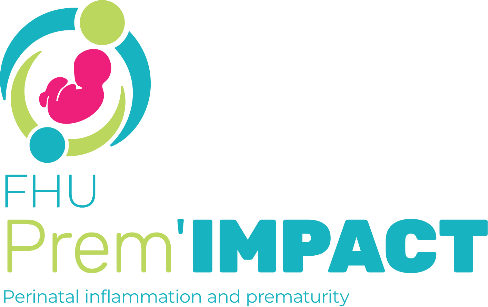Abstract
Objective
Objective : To assess the risk of severe maternal outcomes among migrant women, considering both their legal status and birthplace; in Europe, migrant women, especially from sub-Saharan Africa, have higher risks of adverse maternal outcomes compared with non-migrants and legal status, a component of migrant condition, may be an important, and potentially actionable, risk factor.
Design : Prospective cohort study.
Setting : Four maternity units around Paris in 2010–12
Sample : A total of 9599 women with singleton pregnancies
Methods : Legal status was categorised in four groups: reference group of non-migrant native Frenchwomen, legal migrants with French or European citizenship, other legal migrants with non-European citizenship, and undocumented migrants. The risk of severe maternal morbidity was assessed with multivariable logistic regression models according to women’s legal status and birthplace.
Main outcome measure: Binary composite criterion of severe maternal morbidity.
Results : Undocumented migrants had resided for less time in France, experienced social isolation, linguistic barriers and poor housing conditions more frequently and had a pre-pregnancy medical history at lower risk than other migrants. The multivariable analysis showed that they had a higher risk of severe maternal morbidity than non-migrants (33/715 [4.6%] versus 129/4523 [2.9%]; adjusted odds ratio [aOR] 1.68, 95% CI 1.12–2.53). This increased risk was significant for undocumented women from sub-Saharan Africa (18/308 [5.8%] versus 129/4523 [2.9%]; aOR 2.26, 95% CI 1.30–3.91), and not for those born elsewhere (15/407 [3.7%] versus 129/4523 [2.9%]; aOR 1.44, 95% CI 0.82–2.53).
Conclusion: Undocumented migrants are the migrant subgroup at highest risk of severe maternal morbidity, whereas the prevalence of risk factors does not appear to be higher in this subgroup. This finding suggests that their interaction with maternity care services may be sub-optimal.
